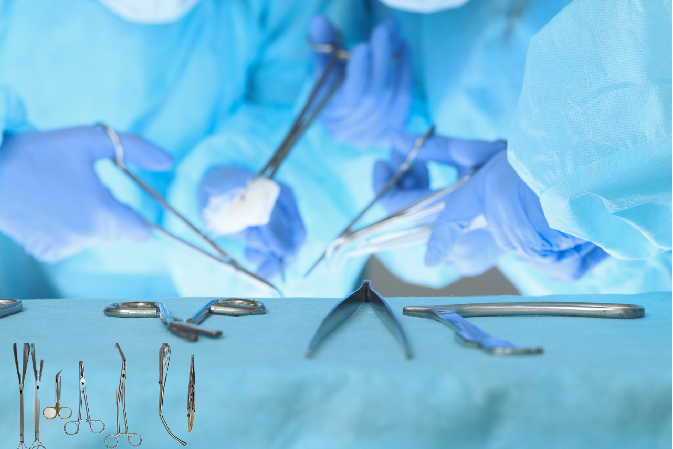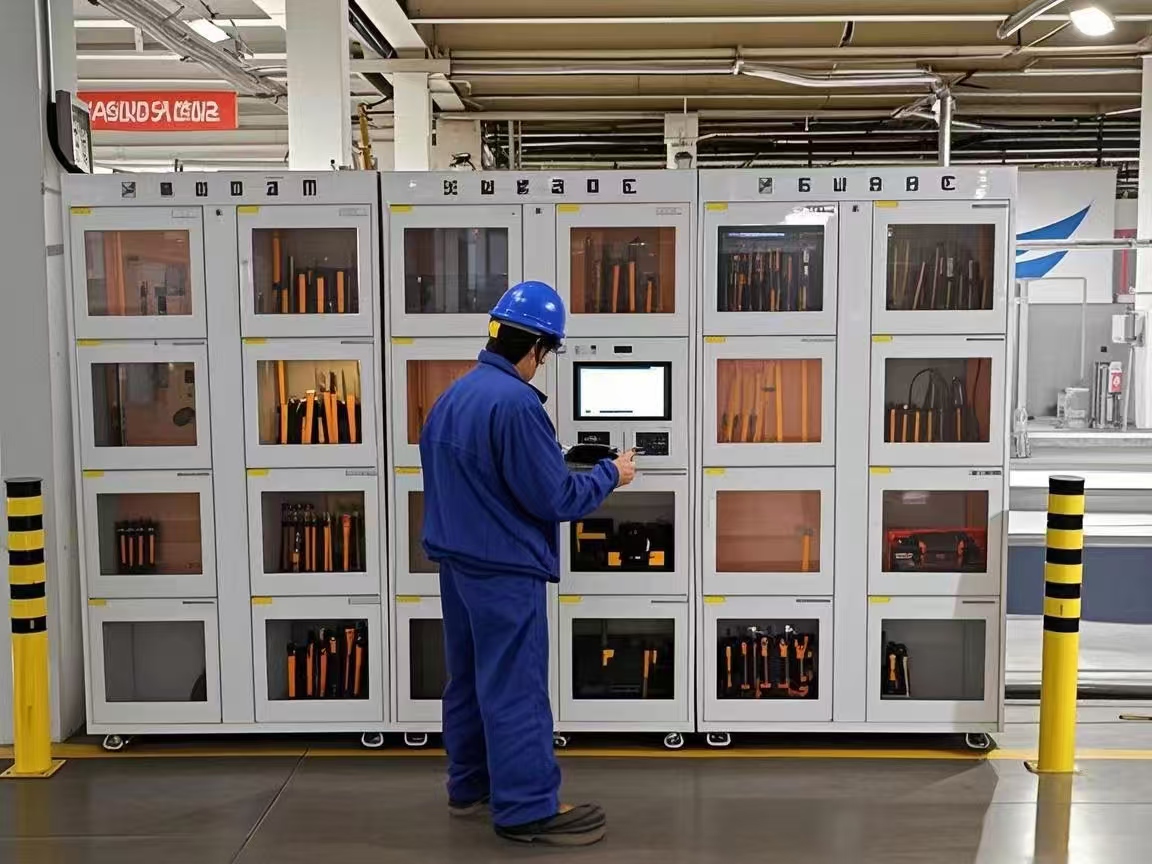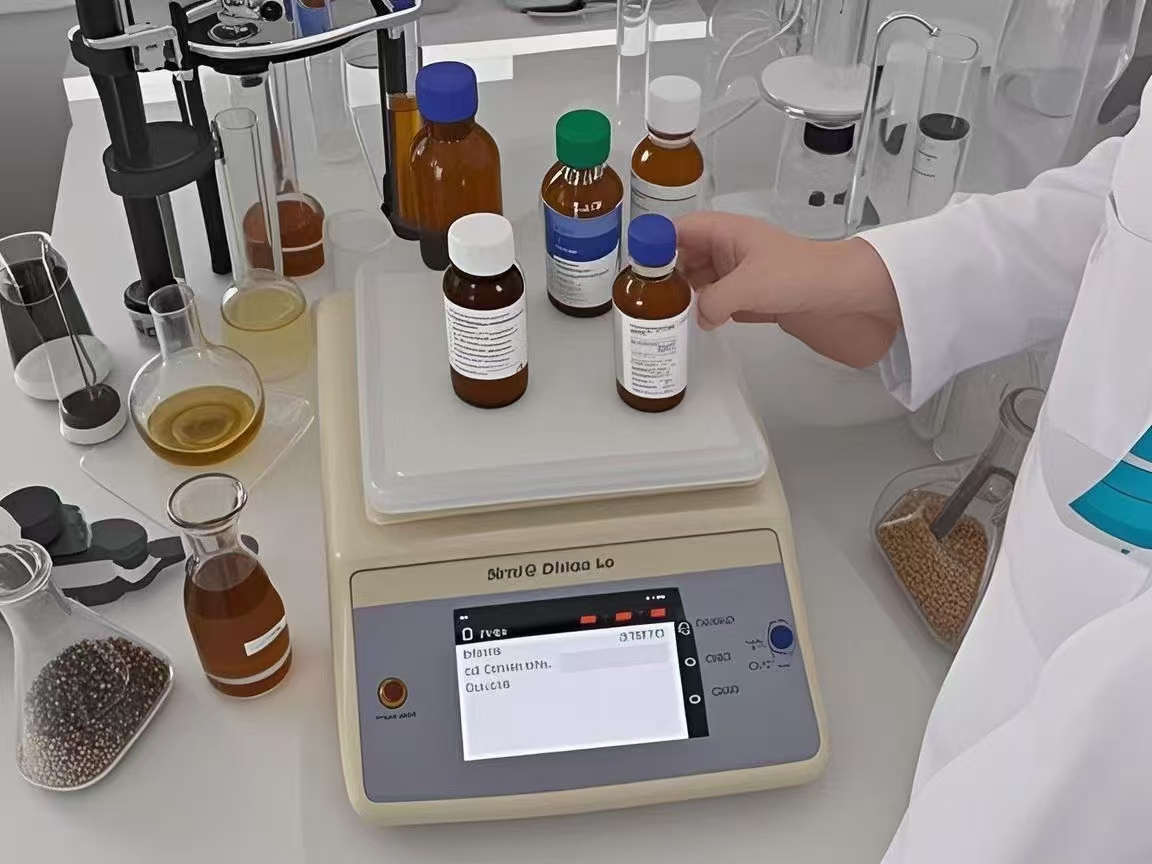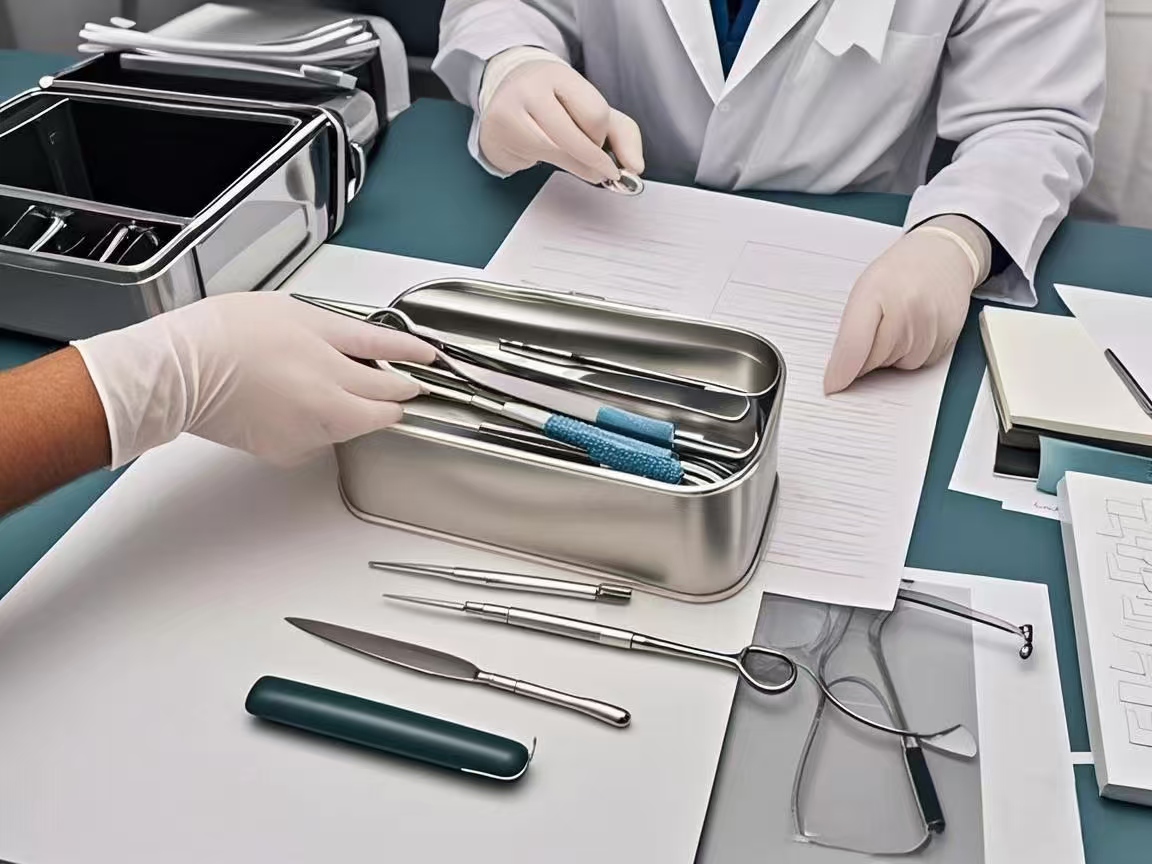In the bright starry sky of the global medical device industry, XX Medical is undoubtedly the most dazzling star. As a leader in the field of surgical instruments, XX Medical occupies a pivotal position in the industry with its profound technical accumulation and excellent innovation ability. Its large-scale production plant is like a "treasure trove of wisdom" for medical devices, with tens of thousands of samples on display. These samples are like meticulously carved works of art, covering all categories of surgical instruments. From the delicate scalpel with a sharp edge and precise cutting in the millimeter, to the large-scale surgical equipment model that integrates a number of cutting-edge technologies and complex structure, each piece vividly demonstrates the excellent R&D and manufacturing level of XX Medical, and carries the brand's infinite enthusiasm and persistent pursuit of medical career.
Whenever the grand sample display event comes to an end, or during the intense and orderly national tour, the inventory of a large number of samples is like a heavy mountain, lying in front of the staff. The staff is required to embark on a meticulous "treasure hunt", counting and inspecting each sample one by one. They carefully confirm that the number of samples is accurate, that they are in good condition, and that there are no signs of damage. In this process, it is also necessary to check the model, specifications and other details of the samples one by one to ensure that every data is accurate and every record is true and reliable.
But this "treasure hunt" is full of challenges. A large amount of inventory work is like a time black hole, ruthlessly devouring the energy and time of the staff. They may need to fight for days or even weeks on end, dedicating themselves to this tedious and daunting task. This has not only led to a serious lack of staff energy allocation in other core operations, making it difficult for some urgent matters to be dealt with in a timely and effective manner, but has also greatly affected work efficiency. Long-term and high-intensity inventory work can easily make staff physically and mentally exhausted and have a sense of burnout, which in turn greatly increases the risk of inventory errors. Once the inventory cannot be completed efficiently, the subsequent sample allocation and display arrangements will fall into chaos, and the research and development of new products will also be hindered, which will ultimately have a very negative impact on the overall operational efficiency and market competitiveness of the enterprise.
-
Complex device shapes, label installation problems: Medical surgical instruments vary from small and delicate micro instruments with irregular shapes to large devices with complex structures and diverse surface materials. This makes it difficult to adapt to conventional label installation schemes, and how to choose the appropriate label installation method to ensure that the label is stably attached and does not affect the use and performance of the device has become a major problem.
-
The inventory environment is highly disturbing, and the read rate is difficult to reach the standard: In the actual inventory scenario, external interference factors emerge one after another. The complex electromagnetic environment, the frequent movement of people, and the interaction of various metal instruments all seriously interfere with the reading of RFID signals. Even with advanced RFID technology, it can be difficult to achieve the desired read ratio.
-
The display space is limited, and there is a contradiction between reading and misreading control: when the sample is displayed, the space in the caravan is small and cramped, and all kinds of surgical instruments are densely placed. It is necessary not only to ensure that each tag information is accurately read in a limited space to achieve a high read completion rate, but also to effectively control misreading and avoid misidentification due to signal interference, which puts forward extremely high requirements for the application of RFID technology.

-
Hardware integration innovation to optimize signal reception: According to the strict requirements of actual field application scenarios, the TM10V integral RFID workstation is used on the hardware side, and its unique integrated design realizes a high degree of coordination among all components of the equipment. Through precise antenna selection and scientific layout, the signal reception and processing capabilities are greatly enhanced, and the accuracy and stability of data reading are effectively improved.
-
Label customization and labeling optimization: Customized RFID tag selection solutions for hundreds of different types of surgical instruments. After extensive testing and practice, we create a unique labeling scheme and label for each device. From the material and size of the tag to the position and angle of the label, it has been carefully designed to greatly improve the performance of the RFID system.
-
Convergence of advanced technologies to ensure accurate data: RFID technology using advanced filtering technology and anti-collision algorithm can effectively filter external interference signals and read tag information more accurately in complex environments. At the same time, a complete equipment maintenance mechanism is established to regularly maintain and calibrate the reading equipment to ensure that it is always in the best performance state and provide a solid guarantee for the accurate reading of data.
-
RFID Inventory Workstation (TM10V): Integrating advanced technology and innovative design, with powerful data processing and signal receiving capabilities, it is the core equipment to achieve efficient inventory.
-
RFID electronic tag (customized): customized according to the characteristics of different surgical instruments, with good adaptability and stability, to ensure accurate recording of the information of each instrument.
 RFID tool management in the field of automobile manufacturingIntroduction to RFID tool management application system in the field of automobile manufacturingBackground and current situation of the caseAn internationally renowned automotive factory has been faci
RFID tool management in the field of automobile manufacturingIntroduction to RFID tool management application system in the field of automobile manufacturingBackground and current situation of the caseAn internationally renowned automotive factory has been faci Laboratory weighing RFID management, assistant laboratory scientific research and efficient work!Lab: The E300S opens a new chapter in the convergence of weighing and RFID management1. Background of the caseIn today's era of rapid development of science and technology, the refinement and intellig
Laboratory weighing RFID management, assistant laboratory scientific research and efficient work!Lab: The E300S opens a new chapter in the convergence of weighing and RFID management1. Background of the caseIn today's era of rapid development of science and technology, the refinement and intellig Management of medical surgical instruments: intellectual innovation, breaking the game and increasing efficiencyMedical Surgical Appliance Management: Digital Intelligence Innovation, Breaking the Situation and Increasing Efficiency 1. Background of the case In the bright starry sky of the global
Management of medical surgical instruments: intellectual innovation, breaking the game and increasing efficiencyMedical Surgical Appliance Management: Digital Intelligence Innovation, Breaking the Situation and Increasing Efficiency 1. Background of the case In the bright starry sky of the global RFID management of edible product production line, efficient transformation of production lineThe S8080 industrial all-in-one machine helps the edible product production line to produce efficiently At a time when competition in the food production industry is fierce, major enterprises a
RFID management of edible product production line, efficient transformation of production lineThe S8080 industrial all-in-one machine helps the edible product production line to produce efficiently At a time when competition in the food production industry is fierce, major enterprises a










